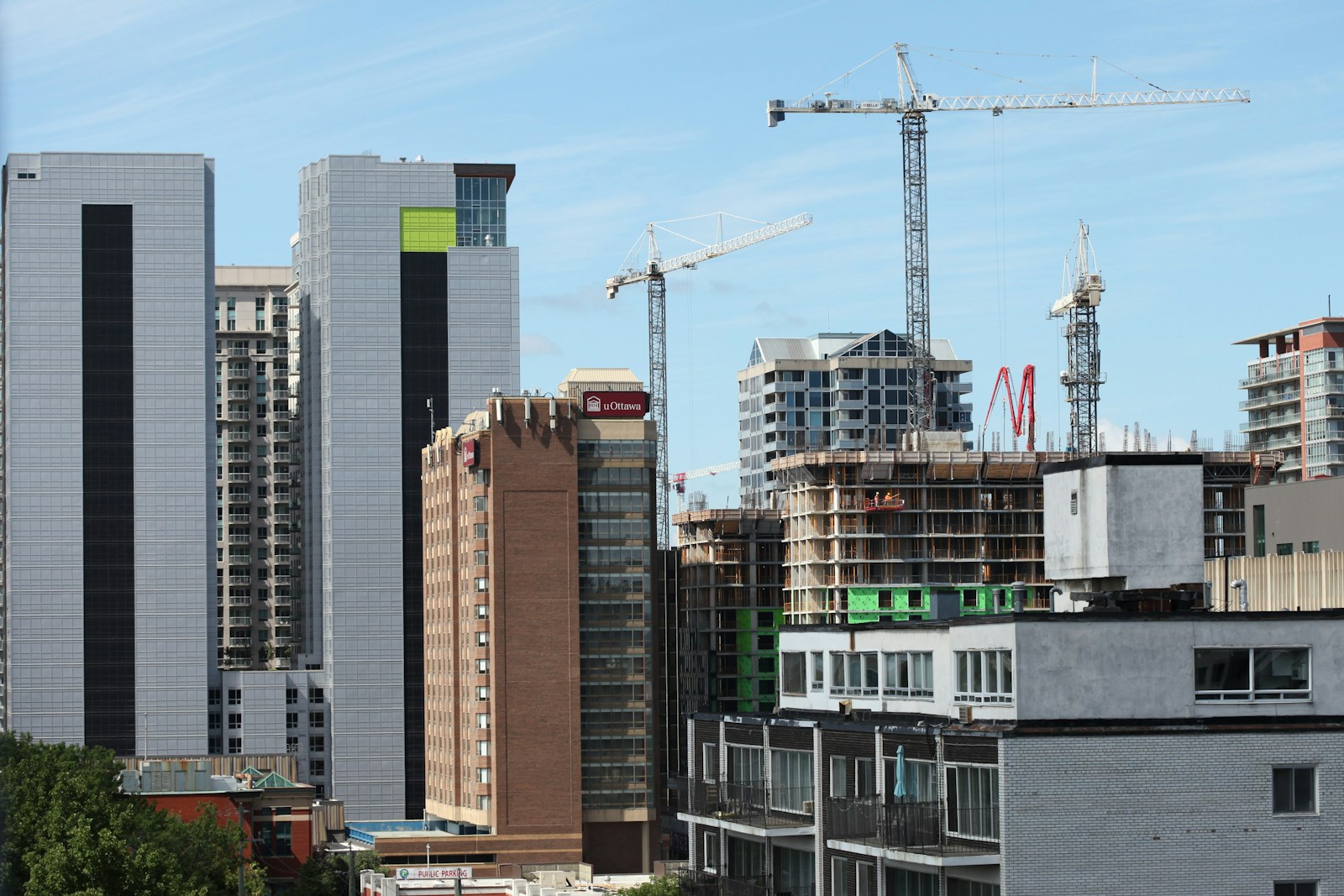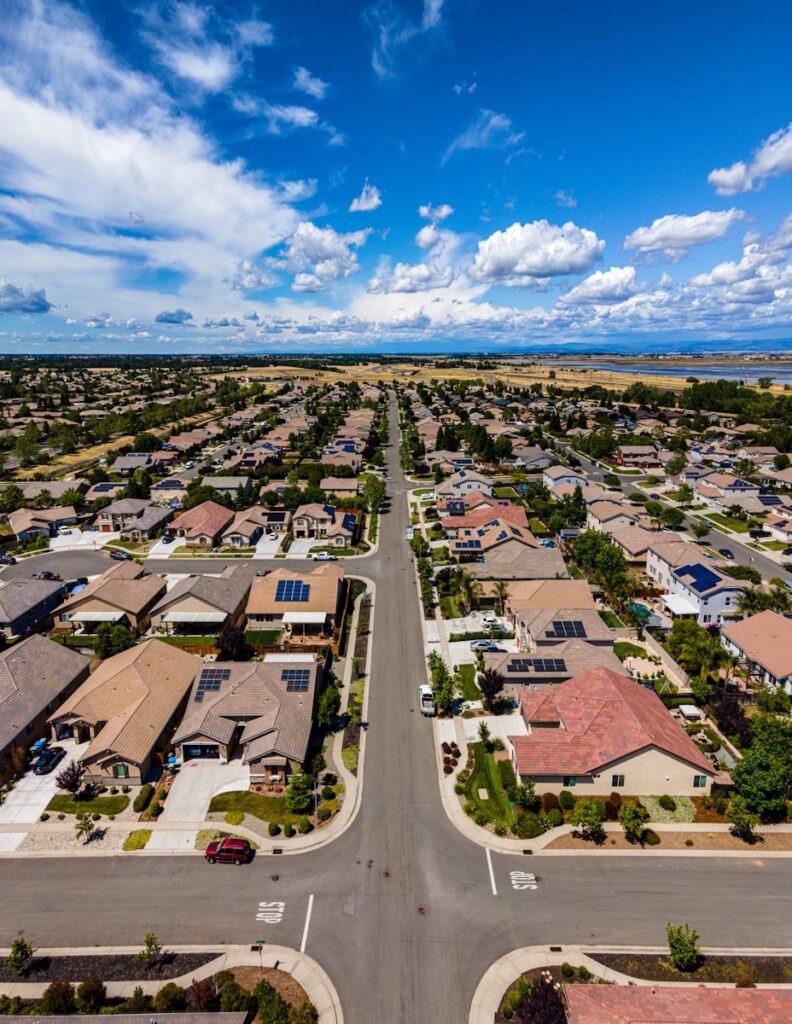
New York State finds itself at a pivotal juncture, grappling with a generational housing crisis that impacts residents across all demographics. From the bustling urban centers to the serene suburban landscapes, the scarcity of affordable and accessible housing has become an undeniable challenge, prompting calls for transformative action. Governor Kathy Hochul, in her 2025 State of the State address, has once again underscored her administration’s steadfast commitment to addressing this complex issue.
Her ambitious roadmap for housing development across the state, including a particular focus on suburban communities, signals a significant shift. This push follows a 50-year stalemate in housing reforms, finally broken by her administration last year, demonstrating a clear resolve to tackle affordability, accessibility, and equity.
The human toll of housing scarcity and soaring costs is profound. Teachers, nurses, first responders, young families, and retirees – the very individuals who form the backbone of our communities – are disproportionately affected. Suburban areas, with their unique development hurdles, are now squarely in the governor’s sights, making her focus on unlocking suburban housing growth both timely and, for many, a welcome transformation.
Governor Hochul’s plan is multifaceted, emphasizing innovative strategies designed to increase housing supply while simultaneously respecting the established character of suburban areas. A notable component of her proposal involves incentivizing the construction of starter homes, marking a substantial departure from traditional building trends.

Historically, new homes in suburban markets have tended to be larger and, consequently, pricier, effectively sidelining younger families and first-time buyers. To counteract this, the governor is allocating new capital funding specifically for factory-built and modular starter homes, aiming to create attainable homeownership opportunities for working- and middle-class families.
Another critical facet of her housing agenda is the provision of down payment assistance for first-time homebuyers. The daunting task of saving for a down payment remains one of the most significant barriers to homeownership, especially for lower-income households.
By offering targeted support to help families achieve this crucial milestone, the governor aims to level the playing field. Furthermore, a groundbreaking Affordable Homebuyer tax Incentive is on the table, designed to alleviate the financial burden on low- and moderate-income buyers by addressing local property tax assessments.

Coupled with proposed legislation to disincentivize bulk home purchases by institutional investors, Governor Hochul’s approach clearly prioritizes the needs of families and individuals over those of hedge funds. This strategy is intended to foster a fairer and more competitive housing market for all New Yorkers.
One of the most persistent obstacles in suburban housing development has been the resistance from local communities, frequently stemming from outdated zoning laws or existing infrastructure limitations. The Governor’s plan directly confronts this by proposing a Pro-Housing Supply Infrastructure Fund.
This substantial $100 million fund is earmarked to assist municipalities in upgrading crucial infrastructure, such as water and sewer systems, which are essential to accommodate new housing. Additionally, the Governor is committed to doubling down on technical assistance, offering resources to communities actively seeking to adopt pro-housing policies.

From comprehensive zoning updates to streamlined permitting processes, these resources are designed to empower localities. The goal is to encourage them to embrace housing development while ensuring they can still preserve their unique local character and identity.
Significant reforms are also anticipated for the environmental review process, which has often served as a bottleneck, particularly for smaller-scale projects. By re-categorizing modestly sized developments as “Type II” projects under the State Environmental Quality Review Act (SEQRA), the governor aims to simplify and expedite approvals.
This legislative adjustment is intended to ensure that essential housing can be built more swiftly and efficiently. Governor Hochul’s vision extends beyond merely increasing the housing stock; it is fundamentally about safeguarding affordability and ensuring broad accessibility.
Her steadfast commitment to combating appraisal discrimination is a vital step in addressing the long-standing racial wealth gap. This initiative seeks to restore fairness to a system that has historically disadvantaged communities of color, achieved by diversifying the appraiser workforce and rigorously enforcing anti-bias measures.

The governor’s plan also zeroes in on skyrocketing rents, specifically targeting the predatory practices of algorithm-driven rent price fixing. By proposing the nation’s first legislation to ban this practice, Governor Hochul is taking a decisive and bold stance, seeking to protect renters from artificially inflated housing costs.
In essence, Governor Hochul’s comprehensive plan is being hailed as a “game changer for suburban communities facing mounting housing pressures,” as noted by Paul Adler, Chief Strategy Officer of Rand Commercial. It is designed to provide the necessary tools and funding to achieve a delicate balance between growth and preservation.
This intricate balance is crucial for ensuring that suburbs can successfully welcome new families without compromising their core identity. However, the ultimate success of these ambitious initiatives will undeniably hinge on robust collaboration between state and local governments.
Suburban leaders are thus presented with a significant challenge: to rise to the occasion and embrace solutions that genuinely serve the greater good, all while diligently addressing specific local concerns and preserving community character.
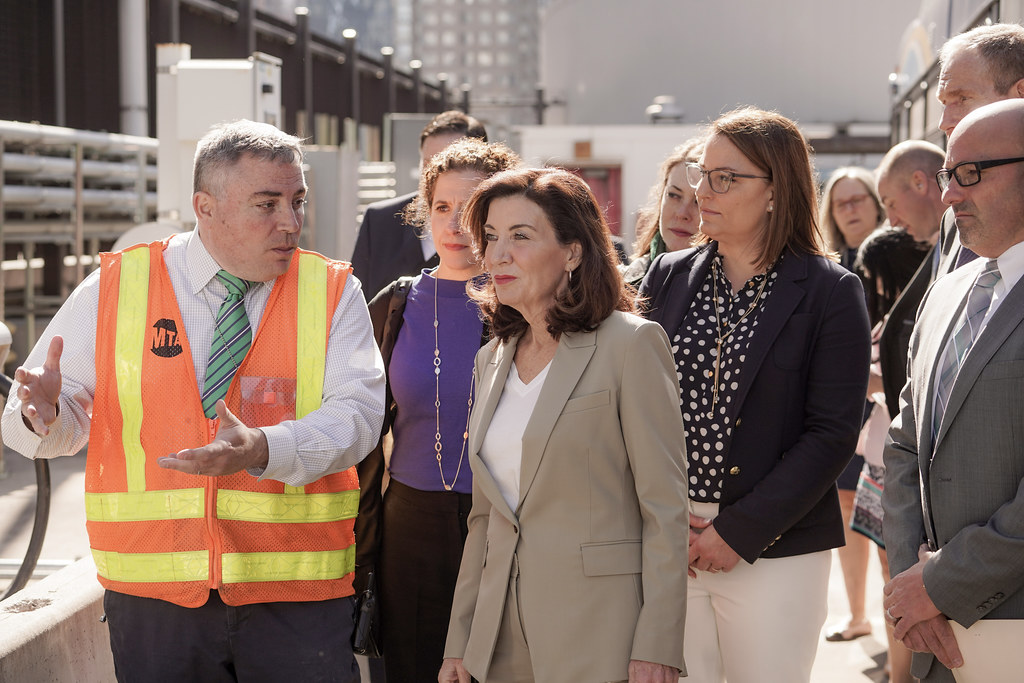
Governor Hochul’s housing agenda is far more than a mere collection of policies; it represents a profound “call to action for New Yorkers to reimagine the future of our neighborhoods.” The stakes are undoubtedly high, yet the potential rewards are even greater: the promise of vibrant, diverse communities where every individual has the genuine opportunity to thrive.
As the state moves forward, it is essential to remember that housing transcends the simple provision of shelter. It is, fundamentally, about “building the foundation for strong families, resilient communities, and a more equitable state.” Governor Hochul has illuminated the path forward; now, the collective responsibility falls to New Yorkers to transform this vision into a tangible reality.
Governor Hochul, in her State of the State address on Tuesday, outlined an agenda for 2024 that prominently features housing, alongside crime and education policies. This comes ahead of a pivotal election season, where New York’s races could significantly influence the control of Congress, adding a national dimension to her proposals.
The governor has meticulously debuted pillars of her agenda over the preceding week, including calls for a comprehensive overhaul of literacy education and the implementation of paid medical leave during pregnancy. Her speech at the state Capitol in Albany further previewed additional actions aimed at increasing the housing supply and enhancing state affordability.

Additionally, an initiative to combat retail theft was a notable inclusion. The current political landscape sees both Republicans and Democrats intensely focused on New York as a potential battleground state for the U.S. House in November, intensifying the national importance of the governor’s legislative agenda this year.
For Governor Hochul, the looming political dynamics present a complex challenge. She must navigate compromises with progressive statehouse Democrats while simultaneously ensuring her party’s congressional candidates are not vulnerable to attacks from conservatives.
A major priority for Hochul this year is to secure a deal with progressives to significantly increase housing availability across the state. This issue, while politically vexing and previously elusive, remains a cornerstone of her broader affordability plans.
Last year, the governor vigorously advocated for a housing plan that ultimately failed. This previous plan was widely panned in the city’s suburbs due to provisions that would have set growth targets and, at times, allowed the state to override local zoning decisions.

This year, recognizing the suburbs as crucial, must-win areas for congressional Democrats, Hochul is adopting a revised approach. Her new proposals include establishing a $500 million fund specifically to support the construction of housing on state-owned land.
She also seeks to reestablish a program, akin to the previously expired 421-a, that would grant developers tax breaks in exchange for creating affordable housing units in buildings within New York City. Furthermore, Hochul is advocating for certain state funding programs to mandate that local governments prioritize housing growth.
Her plans also encompass a tax break for developers who convert office buildings into residential units, provided they agree to incorporate below-market-rate housing. State Senate Majority Leader Andrea Stewart-Cousins has indicated that Senate Democrats are pushing for a housing agreement that places a strong emphasis on tenant protections.
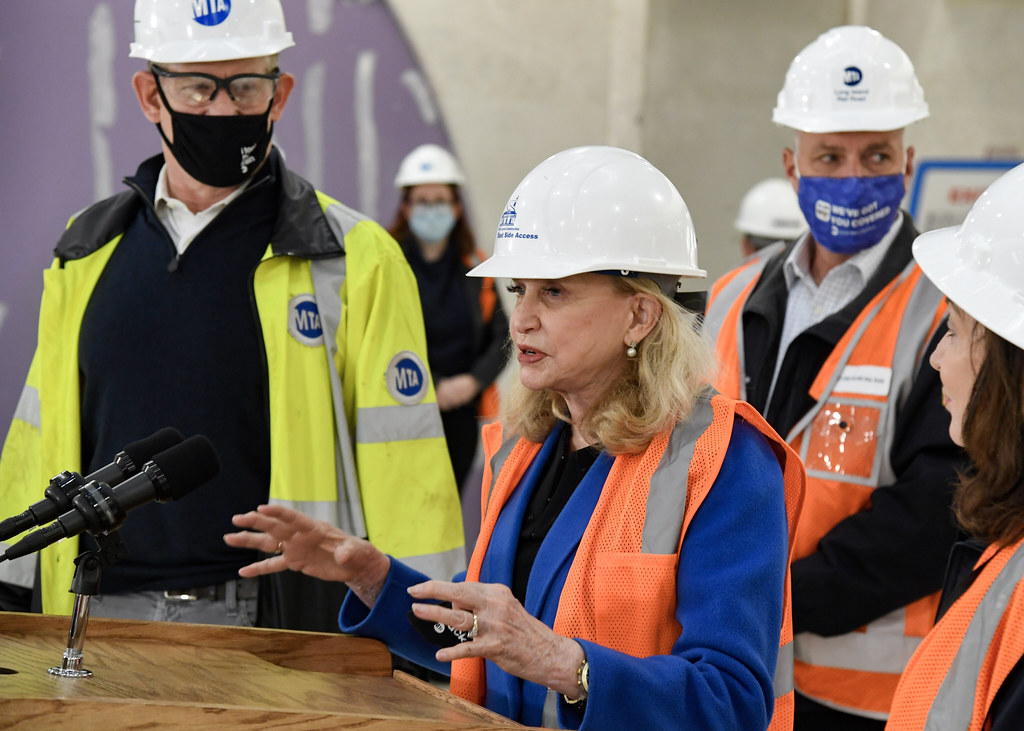
In the past, such protections have included measures designed to prevent landlords from evicting residents without a “good cause,” such as failure to pay rent. Governor Hochul is also proactively addressing Republican criticisms regarding crime, which significantly impacted Democrats during the 2022 congressional elections.
Her proposals in this area include the formation of a law enforcement task force dedicated to retail theft and the creation of a state police team specifically focused on organized retail theft rings. Additionally, she is seeking increased state funding for these programs.
The governor also intends to establish a tax credit for small business owners, designed to help offset the costs associated with certain store security measures. Further, she will propose legislation aimed at increasing criminal penalties for assaulting a retail worker, underscoring a commitment to public safety.
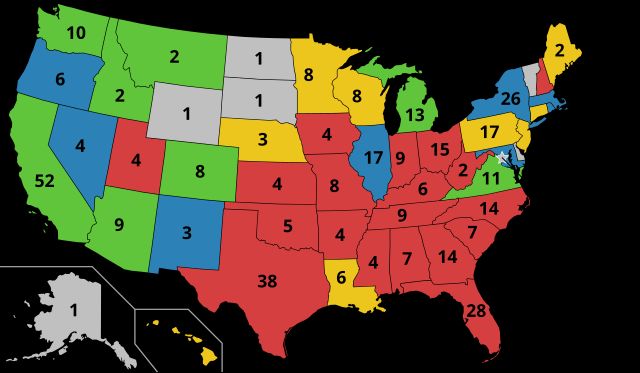
This year’s legislative session will also encompass a contentious congressional redistricting process, the outcome of which could directly impact which party secures control of the U.S. House. A bipartisan redistricting commission is slated to submit a proposed map to lawmakers by the end of February.
This map can then be either accepted or altered by the Democrats, who currently control the Legislature. Democrats are widely anticipated to attempt to leverage this process to gain an advantage in crucial districts as the fall elections approach.
Both major parties are dedicating substantial financial and campaign resources toward their respective goals in New York. Democrats are aiming to retake several congressional districts, while Republicans are striving to hold onto their current seats, setting the stage for an intense electoral battle.

An early indicator of these political dynamics could emerge soon with a special election on February 13th to choose a successor to George Santos, the New York Republican who was expelled from the House.
Albany’s legislative agenda reveals that suburbs will be expected to significantly accelerate their development efforts under Governor Hochul’s sweeping plan to construct 800,000 new housing units across the state over the coming years. To directly confront New York’s persistent housing crisis, Hochul introduced a plan in her State of the State address dubbed the “New York Housing Compact.”
This compact will mandate that every town, city, and village throughout the state establish a specific target number of new homes to create within a three-year period. The Governor explicitly highlighted suburban communities surrounding New York City, asserting that they have historically limited building activities in recent decades, and conveyed the state’s readiness to intervene.
“Local governments can meet these targets any way they want,” she affirmed. “They can shape building capacity. They can redevelop old malls or buildings, office parks, incentivize new housing production or just update the zoning rules to reduce the barriers.”
However, she added a critical caveat, stating that if communities “have not made good-faith efforts to grow when proposed housing projects are languishing for no legitimate reason, the state will implement a fast-track approval process.” This “fast-track” mechanism would allow housing proposals that face local denial to be escalated to a “state housing approval board” or directly to the courts.
Under the proposed compact, the downstate area, encompassing Westchester, Putnam, and both Nassau and Suffolk Counties on Long Island, would be required to increase their housing stocks by 3% every three years. Upstate towns, in contrast, would need to achieve a target of 1% growth over the same three-year period.
Hochul pointed out that New York has lagged behind other states, including New Jersey and Connecticut, in terms of housing construction in recent years, underscoring the urgency of her plan. The governor also expressed a desire to see more multi-residence projects developed in proximity to MTA subway and train stations.
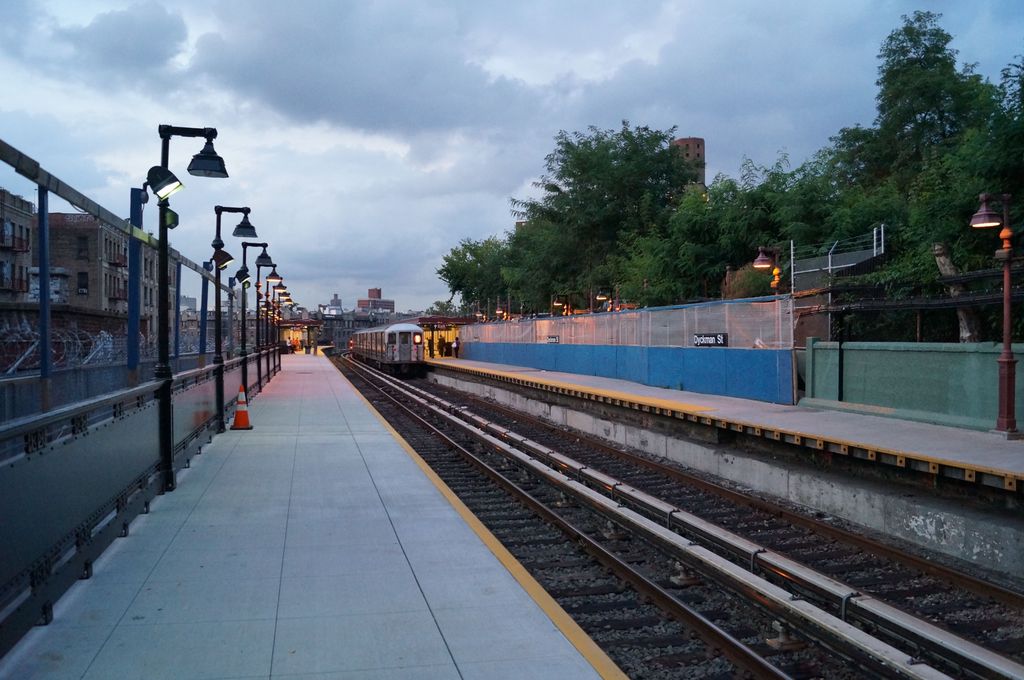
Specifically, her plan mandates that municipalities with MTA rail stations must rezone areas within half a mile of a station to permit at least 25 homes per acre. The comprehensive proposal also includes a significant allocation of $250 million for infrastructure development.
This funding is intended to accommodate the increased density and will cover essential projects such as sewers, schools, and road work. Additionally, the plan calls for an expedited environmental review process for rezonings, streamlining the path for new developments.
“Today, we say no more delay. No more waiting for someone else to fix this problem. Housing is a human right,” Governor Hochul declared. “Ensuring enough housing is built is how we protect that right.”
In the immediate aftermath of Hochul’s proposals, suburban legislators largely remained quiet, a silence that history suggests might indicate a challenging political path forward for the plan. Suburban politicians have a documented history of expressing strong objections to state laws that would compel them to permit increased housing development.
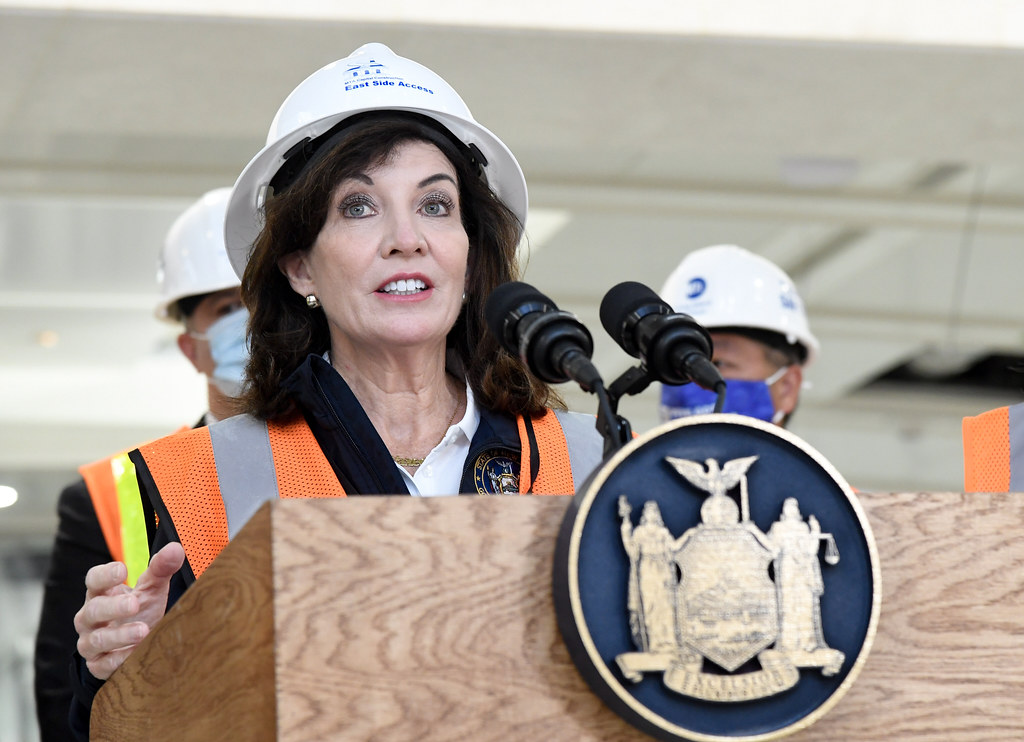
Tenant advocates and progressive lawmakers voiced strong disapproval of the plan, arguing that it falls far short of what is truly needed to adequately address the profound housing and affordability crisis already afflicting countless New Yorkers. A collective of eight socialist lawmakers critically assessed the outline, contending that it “hinges on handouts to real estate developers that will neither create enough housing for working people nor protect tenants.”
During Governor Hochul’s address, hundreds of protesters advocating for stronger renter protections congregated outside the Capitol, effectively locked out after a last-minute decision to bar public access to the building. Cea Weaver, campaign coordinator for Housing Justice for All, articulated the frustration of many.
“Rent increases are shattering records. Homelessness is surging. And more and more New Yorkers are losing their homes every day,” Weaver stated. “Yet in response to a historic housing crisis, Gov. Hochul locked out tenants and homeless New Yorkers from the State of the State and proposed a gutless housing plan engineered to appease her wealthy donors while doing nothing to help the people who are hurting most.”
Housing advocates are collectively calling for a comprehensive suite of bills, collectively known as the “Our Homes, Our Power” package. This legislative framework aims to stabilize tenants in their apartments amidst escalating rents and provide crucial assistance to those facing the grim prospect of homelessness.
The collaborative spirit between state leadership, local communities, and diverse advocacy groups will be essential in bridging divides and forging solutions that serve the collective good. The vision is clear: a New York where housing is recognized as a fundamental right, underpinning strong families, resilient communities, and a more equitable and prosperous state for everyone.

